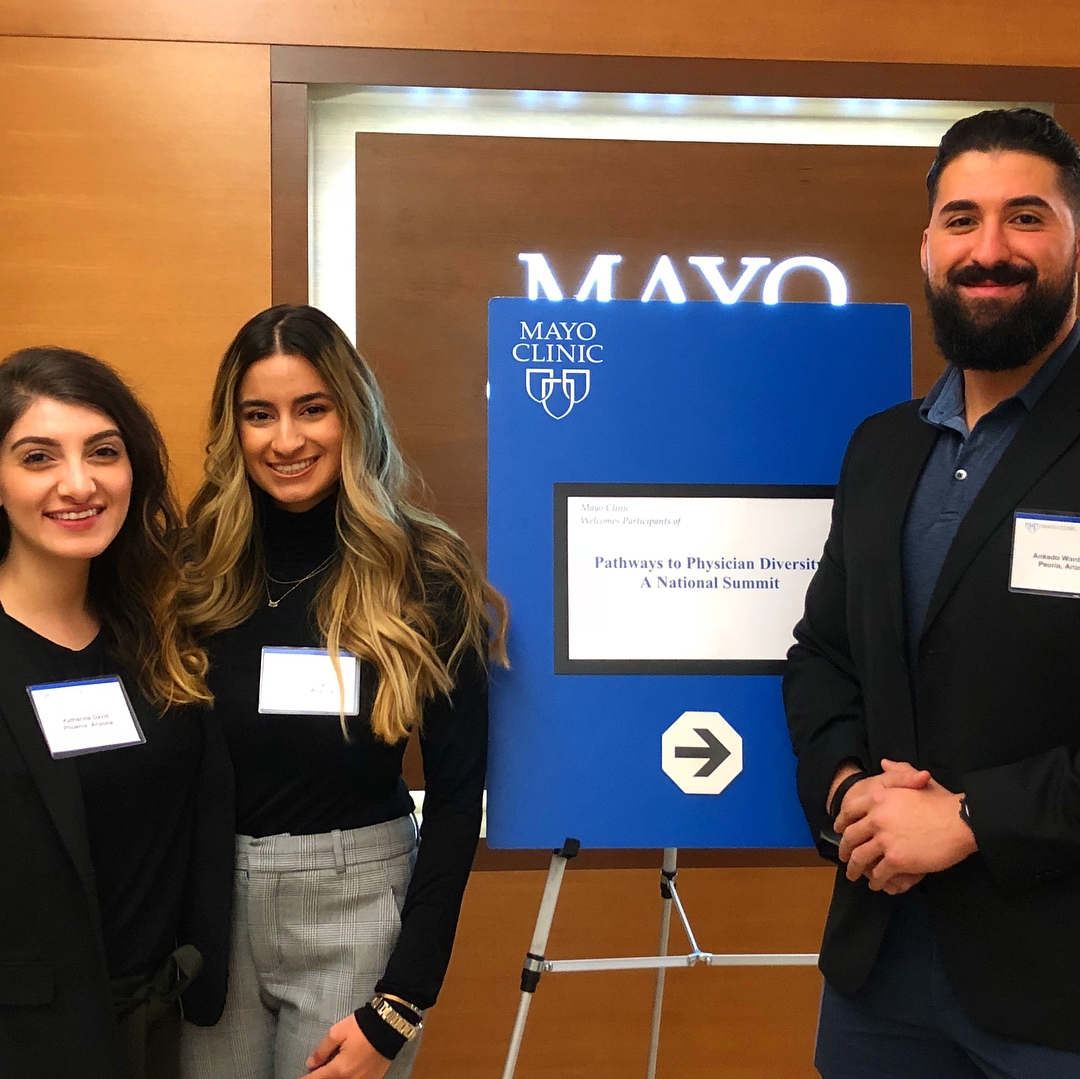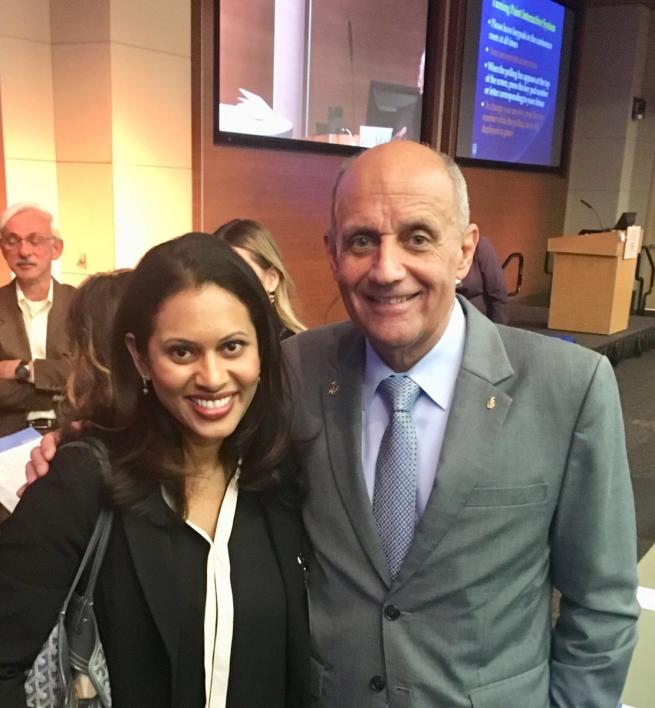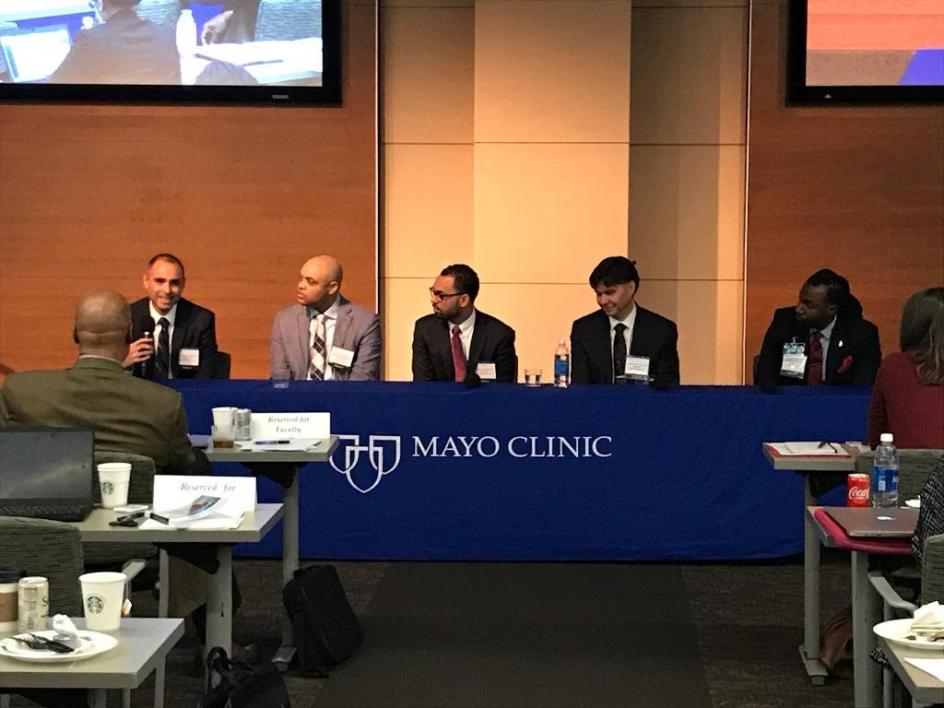Mayo Clinic holds national summit to discuss physician diversity
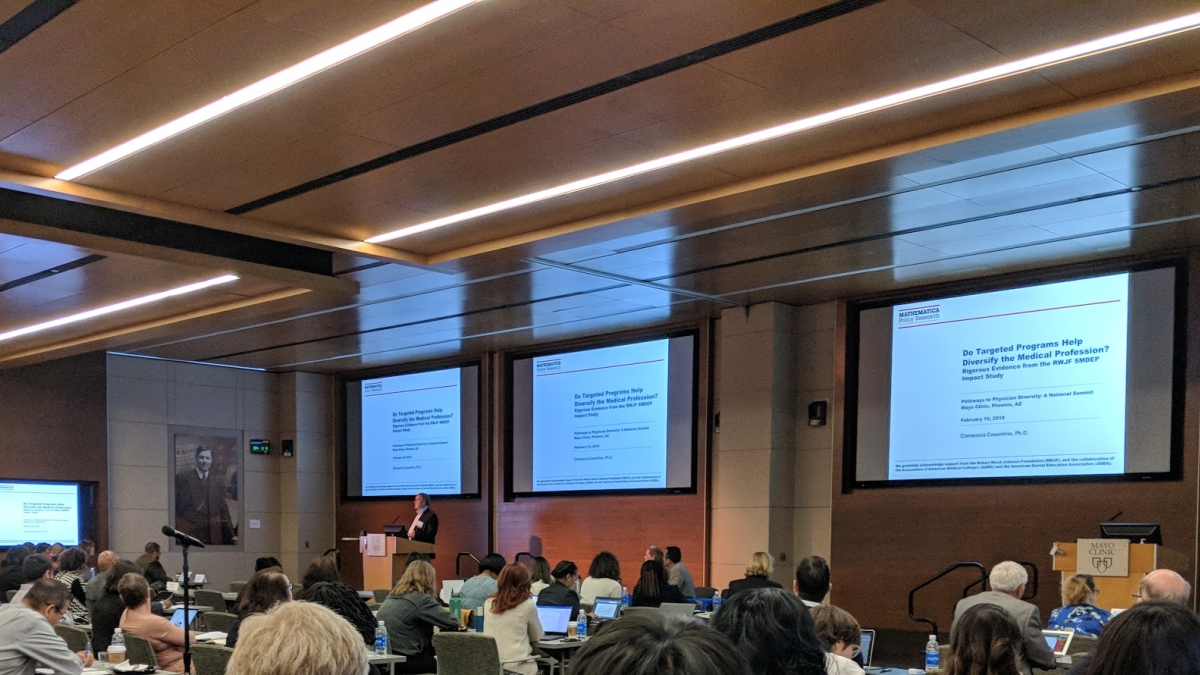
Alan Rawls, executive director of the Office of Clinical Partnerships at ASU moderating the panel: "Show Me the Data: Metrics, Tracking and Program Evaluation."
Mayo Clinic School of Medicine recently held a national summit on innovations in physician diversity sponsored in part by Arizona State University.
The two-day conference in February, “Pathways to Physician Diversity: A National Summit,” focused on encouraging a national conversation and exploring the current state of pathways for students traditionally underrepresented in medicine. The conference brought together stakeholders invested in improving the diversity of students entering medical school including physicians, public health officials, medical school administrators, undergraduate advising, community members and students.
The health-care system is changing; adaptation for the care delivered to patients, as well as how disparities in communities and populations are addressed begins at the provider level. It is important to create opportunity to enrich medicine through diversity.
David Acosta, chief diversity and inclusion officer for the Association of American Medical Colleges (AAMC), kicked off the conference by presenting matriculation data. His report, "Altering the Course: Black Males in Medicine," showed matriculation data from 1980 to 2016 to outline the industry's limited success in including underrepresented students in medicine over the past 36 years.
The Hispanic or Latino matriculant percentage saw an increase of 1.4 percent while that of the black or African American students increased 1.1 percent. For Native or Alaskan Natives, the percentage decreased. Acosta noted that an inclusive viewpoint leads to advancement, creativity, and an ability to solve problems through human capital — a message that highlighted one of the summit’s goals.
Many other speakers encouraged collaborations in hopes of sharing best practices and strategies to prepare pathyways in medical education for underrepresented minorities. Michael Anthony of Rochester Community and Technical College and Sunny Nakae of Loyola University spoke on a panel presentation on solution seeking. They promoted the idea of inclusion as a part of an institution’s identity. While Rochester and Loyola display diverse populations, they noted that leveraging a diverse population is a key strategy to closing the gap, a process that begins before the admissions cycle. A good first step is to engage community/tribal colleges where traditionally underrepresented students tend to begin and promote partnerships with support programs.
Another strategy emphasized throughout the summit was pairing students with mentors. Students benefit from individual advice because it encourages them to give more thought to their career choices and it fortifies their identity by connecting with role models in their community. Mentoring is considered a valuable component of undergraduate medical education.
One area of strength is in ASU’s mentorship programs for students embarking down the pre-medical pathway. Successful programs include The Summer Health Institute at ASU, the Mayo Clinic-Barrett Honors College Premedical Scholars Program, and the ASU Medical Mentoring Program through Mayo Clinic School of Medicine and Creighton University School of Medicine.
The Summer Health Institute at ASU is a week-long summer residential camp for rising seniors in high school. In its fifth year, it is an all-expenses-paid program due to the generosity of many sponsors and volunteers. Each year, 24 participants have the opportunity to experience a variety of health careers, interact with clinicians, and participate in hands-on activities including suturing, IV placement, intubation, ultrasound, and taking vitals.
Mayo Clinic-Barrett Honors College Premedical Scholars Program is offered exclusively to students in Barrett, The Honors College. This one-year program nurtures humanitarian instincts and introduces premedical students to the breadth and diversity of medical practice. Selected students are given the unique opportunity to shadow Mayo Clinic physicians, attend lectures, participate in hands-on labs, and utilize community resources.
ASU students Gina Toma, medical studies, and Julia Lorence, biomedical sciences, said the chance to attend the summit was a great opportunity to enhance their learning experience outside of ASU. As officers of the American Medical Student Association (AMSA), they plan to share the resources and opportunities gathered at the conference to connect with students on campus.
“I never knew there was a need to increase healthcare providers from underrepresented demographics," Toma said. "I come from an underrepresented population and was humbled to sit in the audience and hear about the resources available to increase diversity and encourage minority students like myself to pursue higher education.”
As an immigrant from Germany, Lorence believes that the cultural shock for refugees and others is often neglected. She reiterated that necessary cultural competency allows the university to support these students as they embark on their endeavor to become health care professionals.
“I believe that student diversity in medical education is a key factor in creating a physician workforce that meets the needs of an increasingly diverse population. From the perspective of a student leader for AMSA, it was important to understand what resources are available and how I can help bridge the gap to undergraduate students who come from a diverse population,” Lorence said.
The summit addressed the need of a changing landscape in medicine. To be the primary agents for the delivery of medical education requires change to begin at an institutional level. As one of the largest public schools in the U.S., ASU is well positioned to make a difference in improving the success of traditionally underrepresented students in medicine.
More Arts, humanities and education

Data science student investigates Arizona education system, reform through Steve Jobs fellowship
Arizona State University student Brinlee Kidd was one of nine people across the U.S. chosen for the inaugural Steve Jobs Archive…
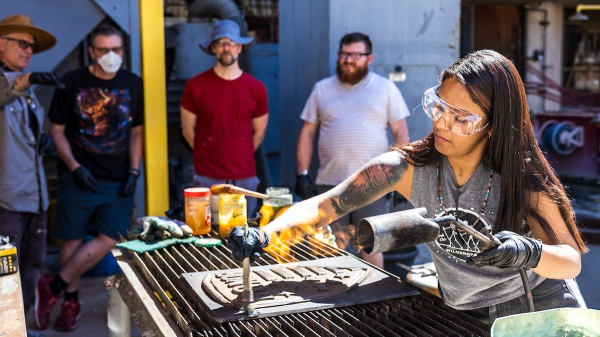
'Devils in the Metal': ASU vet leads iron cast workshop for former service members
Bruce Ward believes everyone has a symbol of strength or resilience, and they have an obligation to find it. His happens to…
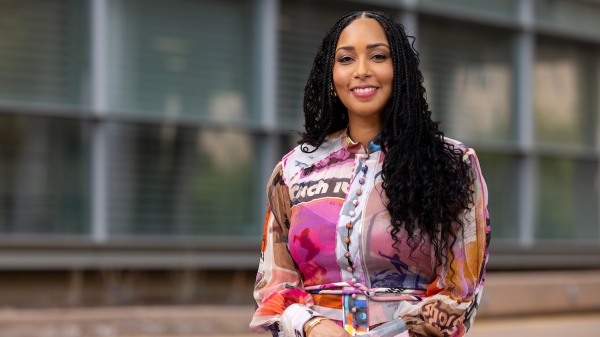
ASU English professor wins Guggenheim Fellowship for poetry
The awards — and opportunities — keep piling up for Safiya Sinclair, an associate professor in Arizona State University’s…
